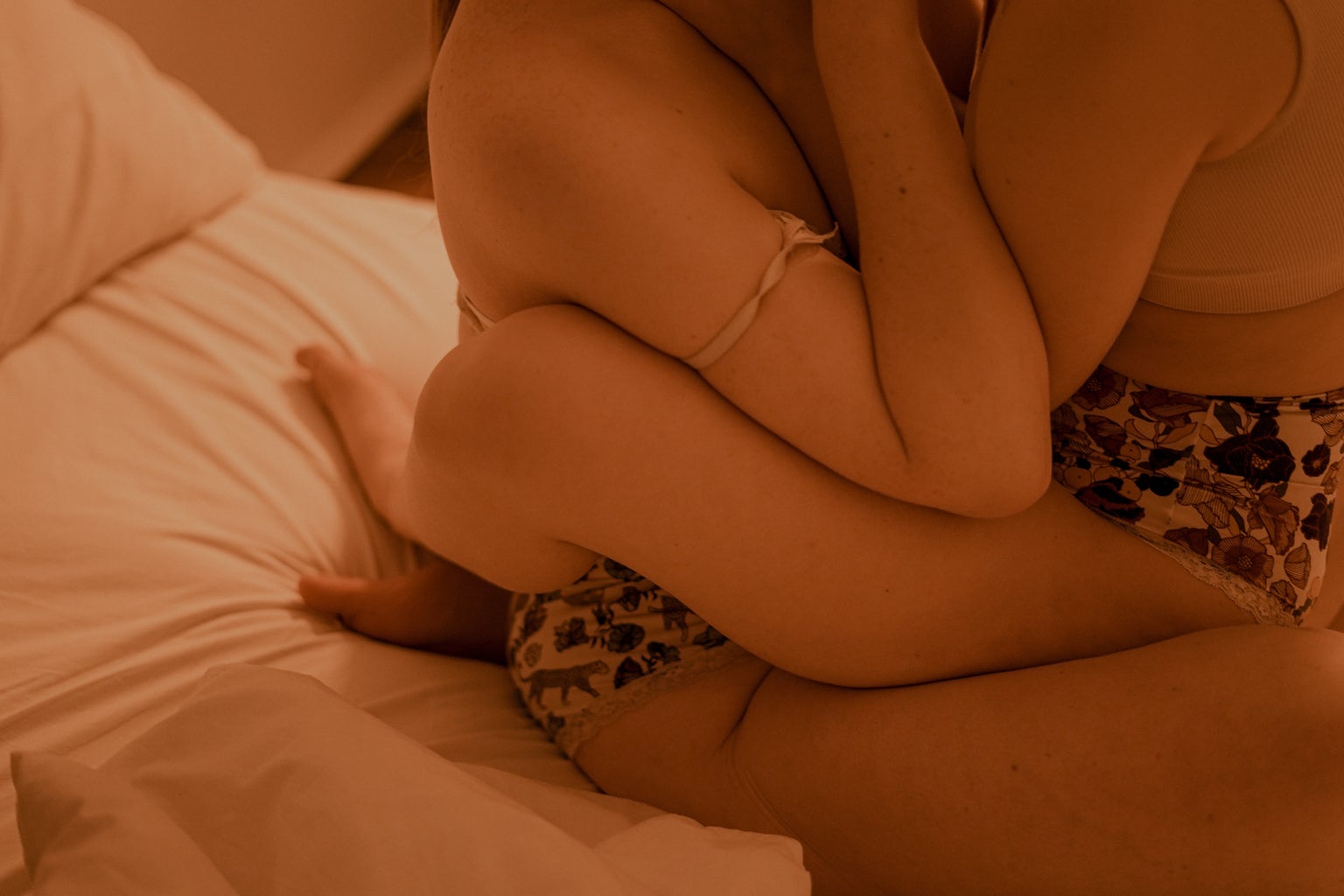I am a “bunny.” If you have slept with three or more people in a month, you are too. You, like me, might have reached for your phone to check what year it was as the Baldwins warned their crowded, predominantly first-year lecture hall that “bunnies” like us prowled the streets of Isla Vista, spreading STIs to the innocent almost-virgins who make up the majority of the student body.
Even worse, they warned, there were also “super bunnies” roaming free, a small percentage of students doing numbers that were practically malicious. Most terrifying of all, we looked just like everyone else–we may have even found ourselves between your or your loved one’s bed sheets. As I left lecture that day, I was confronted with the usual clanking legions of Hydro Flasks, the now-obligatory free mask boxes–perplexing proof that this shaming, fear-mongering approach to STIs had, in fact, been part of a university lecture in 2021.
UCSB’s Human Sexuality class is widely regarded as a must-take class for sociology majors and the general populace alike. According to its textbook, it has even “been named ‘No. 1 reason to attend UCSB’ by the school’s alumni magazine.” Run more like a two-man comedy show than a formal lecture, the Baldwins make it easy to keep coming to class–usually through the outrageous things that go down on their stage. Whether you’re exchanging incredulous looks with the person next to you as John Baldwin exaggeratedly ogles his wife’s body or scrambling to take a photo of a lecture slide that solemnly requests students to avoid sitting on, hitting, or cutting off penises; you’re never bored in SOC 152A. Its reputation as a fun class, alongside the teenage exhilaration of discussing taboo topics in an academic setting, make Human Sexuality with the Baldwins a nigh-required filler class for freshmen. However, it is also a class that can make the lecture hall doors feel like a portal to the mid-80s.
In 1985, their lecture content would have been groundbreaking. Akin to Seinfeld’s proclamation on gayness of the ’90s–“not that there’s anything wrong with that“–the Baldwin’s approach to homosexuality is miles ahead of anything that was being said at the time their lectures were likely first formulated. As they teach about sexual practices, they often mention that “women can do this with their boyfriends…or girlfriends.”
Compared to the average high school graduate’s formal sex education, the Baldwins’ class gives an extremely progressive and healthy overview of sex. They teach not only the logistics and risks of sex, but also emphasize how to enjoy sex and have healthy sexual relationships. Some students who come into the class don’t even know how to name their own anatomy–only to be unabashedly confronted by the Baldwins’ lessons on masturbation and G-spot stimulation. Queer students who may have been left entirely unmentioned in their 8th-grade health class now have their gay little hearts leaping when women with girlfriends are mentioned in lecture (I know mine did).
Unfortunately, the Baldwins’ tacked-on acknowledgment that gay sex occurs is step two in a conversation that has now progressed to step five or six. In the year of our lord 2022, it is widely understood (especially among academic circles which study human sexuality) that queer relationships and sex cannot be approached as interchangeable with heterosexual ones. There are different dynamics, different social scripts and rule books, different methods of gender performance, and frankly, different end goals for sex. Psychologists have been discussing the problems with attempting to fit the psychosocial dynamics of queer relationships into a heterosexual mold since the ’90s (e.g. Kitzinger & Coyle, 1995). The general consensus is that gay sex should never be discussed in terms of male and female roles, reducing one partner to a prosthetic penis or vagina.
Sadly, the Baldwins broadly fail to acknowledge this and instead focus their energy on teaching Human Sexuality from the lens of cisgender heterosexuality. Exclusionary language pervades all lectures–sex acts and relationships are consistently described in terms of man and woman, he and she, with thrown-in qualifying statements acknowledging trans or gay existence. Ace-spectrum sexuality is completely erased by the essentialist attitudes of the Baldwins, who say things like “everybody loves sex.” Despite claims in the textbook that they delve into sexuality “far beyond ‘gay,’ ‘bisexual,’ and ‘straight,'” their lectures make queerness not only a footnote, but a reductive, incorrect one.
An oversaturated, fast-paced course like SOC 152A–especially when it covers the sensitive topics of gender relations, sexuality, love, and sex–is doomed from the outset to be “outdated and unbacked,” reductive, and even “incorrect,” as students described it. It is very difficult to remain knowledgeable about current evidence-based thinking on so many facets of the human experience. Similarly, delicacy and nuance fall by the wayside when so much content must be covered in one course.
“It’s an inescapable reality of teaching such a class in only ten weeks”, explained Harrison Copoloff, a former student. Teaching the physiology, psychology, and sociology of all forms of sex in one class is extremely ambitious, meaning that “sometimes [the course] can maybe not focus so much on non-heterosexual folks because statistically there are less of them.” In this case, though, teaching to the greatest common denominator is troublesome.
When a class is sold as “human sexuality,” it is ridiculous to exclude broad swathes of humanity from the curriculum. Although a fairly small minority of people (about 4.3% of men and 9% of women, according to the CDC ) identify as gay or bisexual, this sector of the population still accounts for huge numbers of people. Choosing to exclude these people’s experiences from a sociology class for the sake of efficiency is a huge flaw in the Baldwins’ approach. As another former student put it: “Human Sexuality needs to have more than just one class, it needs a series. There is too much to learn about human sexuality and [its] sociology to cover over a ten-week period.”
Instead, it is necessary to separate the sociology, psychology, and sex education aspects of the class. When these topics are squeezed together, the result is an extremely physiology-heavy course that teaches sexual preferences as absolutes, over-simplifies gender differences and performances, and states opinions or simplified versions of facts with no analysis (or even citation, several students complained) of their sources.
If you ask me, the obvious solution, of course, is to offer Gay Sex 101 in addition to the material currently covered and to split the class into a series that builds upon itself. However, barring this fantastic move on the registrar’s part, I do continue to recommend the course to my fellow undergrads, especially to those whose pre-college sex education was “nonexistent”. As some students have explained, the course provides sex education that is “quite good” and can be considered “revolutionary.” However, the content must be taken with a grain of salt–although the Baldwins teach Human Sexuality as if theirs was the last word on sex, it is anything but. This course functions best as a point of departure for future individual learning.
If you choose to take it, my advice would be to remember that the content of Human Sexuality fails in some very upsetting ways. Some of what the Baldwins teach can and should be ignored. Do not allow them or this course to reduce you to a “bunny”, a sexually transmitted scourge on Isla Vista, a side note to heterosexuality, or a prosthetic penis. You are much more than what the Baldwins are willing to discuss in the scope of their course.




